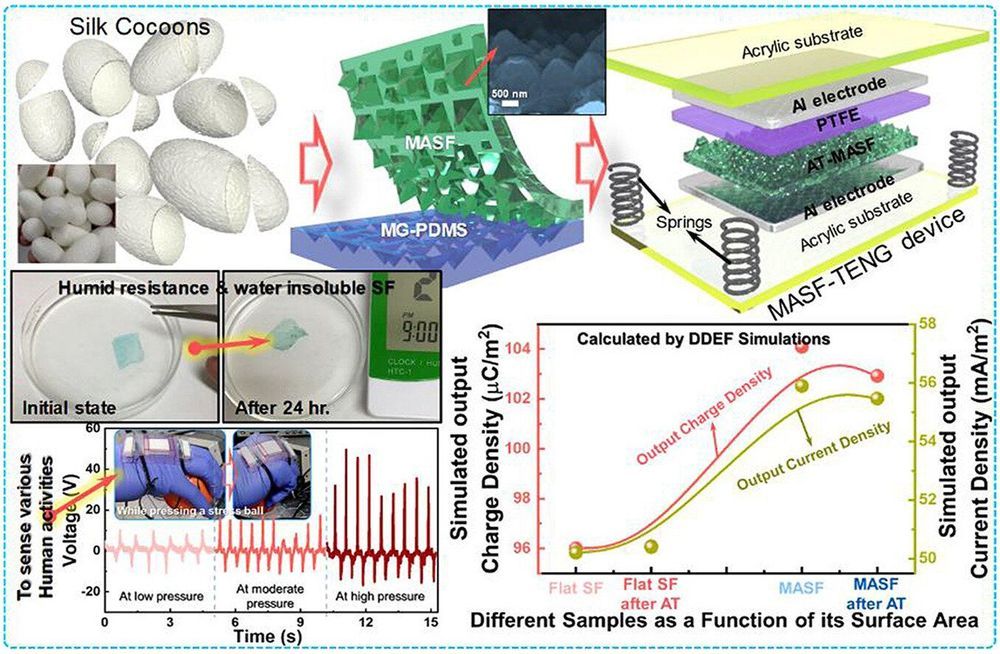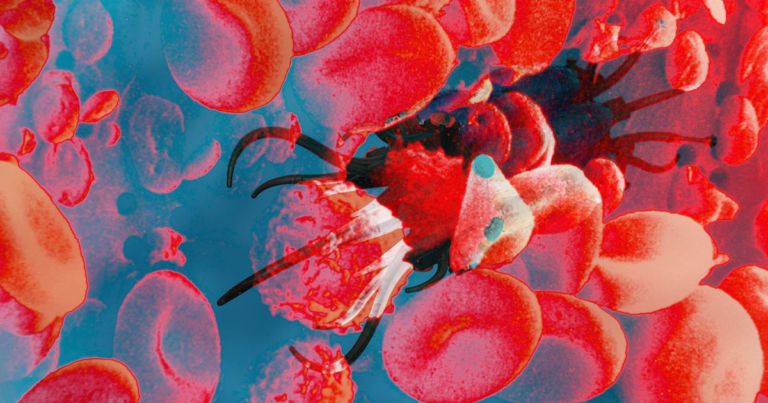The National Weather Service on Tuesday evening urged anyone near the river to seek higher ground following “castastrophic dam failures” at the Edenville Dam, about 140 miles north of Detroit and the Sanford Dam, about seven miles downriver.
The Tittabawassee River rose another four feet by Wednesday morning, to 34.4 feet in Midland. According to the National Weather Service, the height has set a new record for the river, beating the previous record of 33.9 feet set during flooding in 1986.
Whitmer said downtown Midland, a city of 42,000 about 8 miles downstream from the Sanford Dam, faced an especially serious flooding threat. Dow Chemical Co.’s main plant sits on the city’s riverbank.







